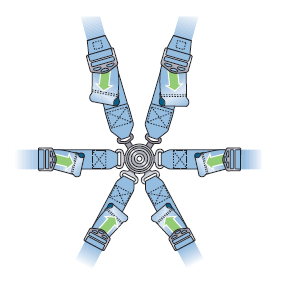FIA issue pre-event safety checklist
Friday 18 February, 2022
The FIA has released a new safety bulletin.
The FIA has released a new checklist for drivers and co-drivers for pre-event checks before competing in any practice, race sessions or rally stages.
Included in the checklist are the use of balaclavas, helmet visors/straps, frontal head restraints and harnesses.
More information about these checks can be found here.
The pre-event checklist includes the following.
1 - Fire extinguisher system
Before taking part in any on-track session competitors must:
• Arm the plumbed-in fire extinguisher system in case of electrical activation.
• Remove the Fire Extinguisher Safety Pin from the plumbed-in fire extinguisher system and handheld fire extinguisher before they enter a special stage or circuit.
System armed – ready to be used
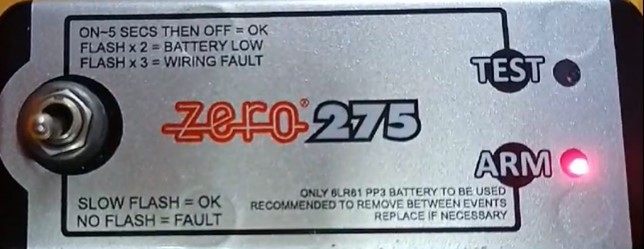
System with safety pin - not ready to be used
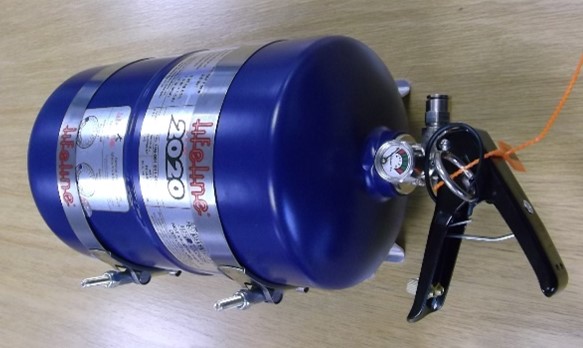 2 – Balaclava under the overall
2 – Balaclava under the overall
The neck, wrists and ankles should always be covered by at least two pieces of protective clothing. Competitors must ensure the fireproof balaclava must be tucked under the racing suit overalls to avoid direct contact with flames on the drivers skin, and that the garments are not too tight as this reduces the level of protection.
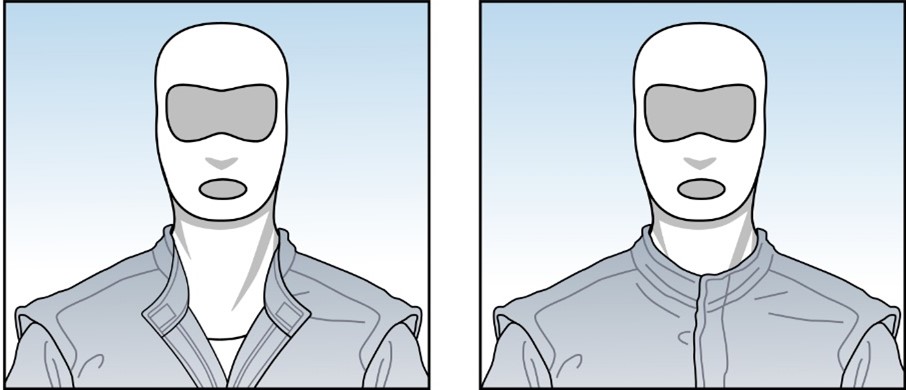 3 – Tighten the helmet strap
3 – Tighten the helmet strap
It is important that the helmet chinstrap is properly routed and tightened at all times. The main protection that FIA Homologated helmets deliver is to the head and neck and this is only achievable if the helmet is properly tightened. If this is not the case it may come off the head during an accident and stop the safety applications working correctly.
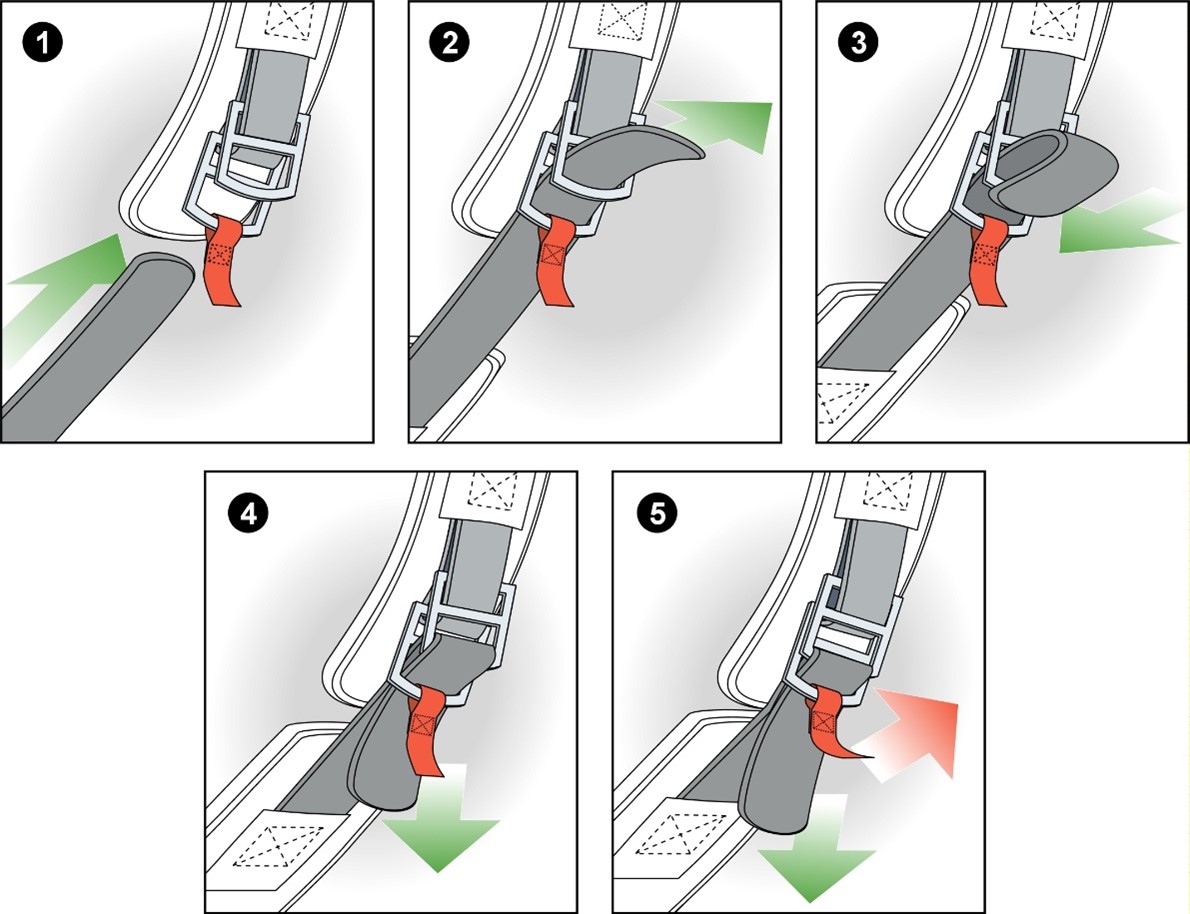 4 – Full face helmet visor
4 – Full face helmet visor
It is important to ensure the helmet visor remains properly closed and locked at all times to avoid the visor opening during an impact and the driver’s face being exposed to debris/flames.
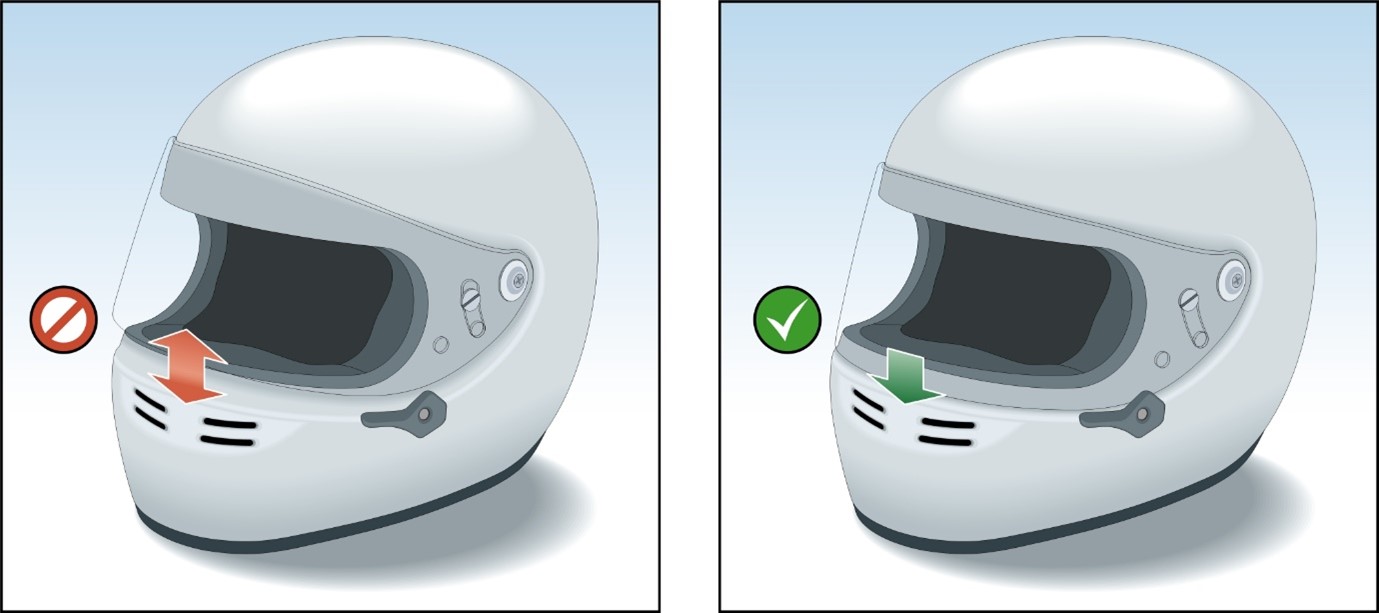 5 - Connect the Frontal Head Restraint device Tether to the Helmet
5 - Connect the Frontal Head Restraint device Tether to the Helmet
A Frontal Head Restraint (FHR) restrains the driver’s head during a frontal or angled-frontal impact, reducing the loads to the head and neck. To enable the FHR to work efficiently, the FHR tether must be connected to the anchorage points using the clips on both sides of the helmet at all times.
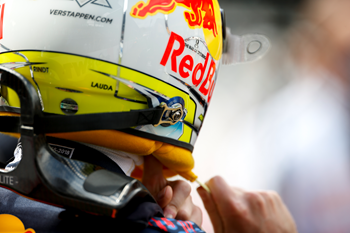 6 - Ensure that the FHR device is positioned under the harness shoulder straps
6 - Ensure that the FHR device is positioned under the harness shoulder straps
It is very important that the harness shoulder straps are over the FHR device to enable it to provide the correct protection. Below is a diagram for showing best practice for this installation.
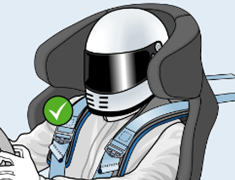
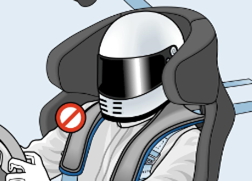 7 - Tighten the belts
7 - Tighten the belts
All straps of the safety harness must be connected properly to provide optimum protection in an impact. Studies performed by the FIA Safety Department have demonstrated that safety harness tension is important to reduce the risk of serious injuries and for the correct functioning of the Frontal Head Restraint (FHR) device.
